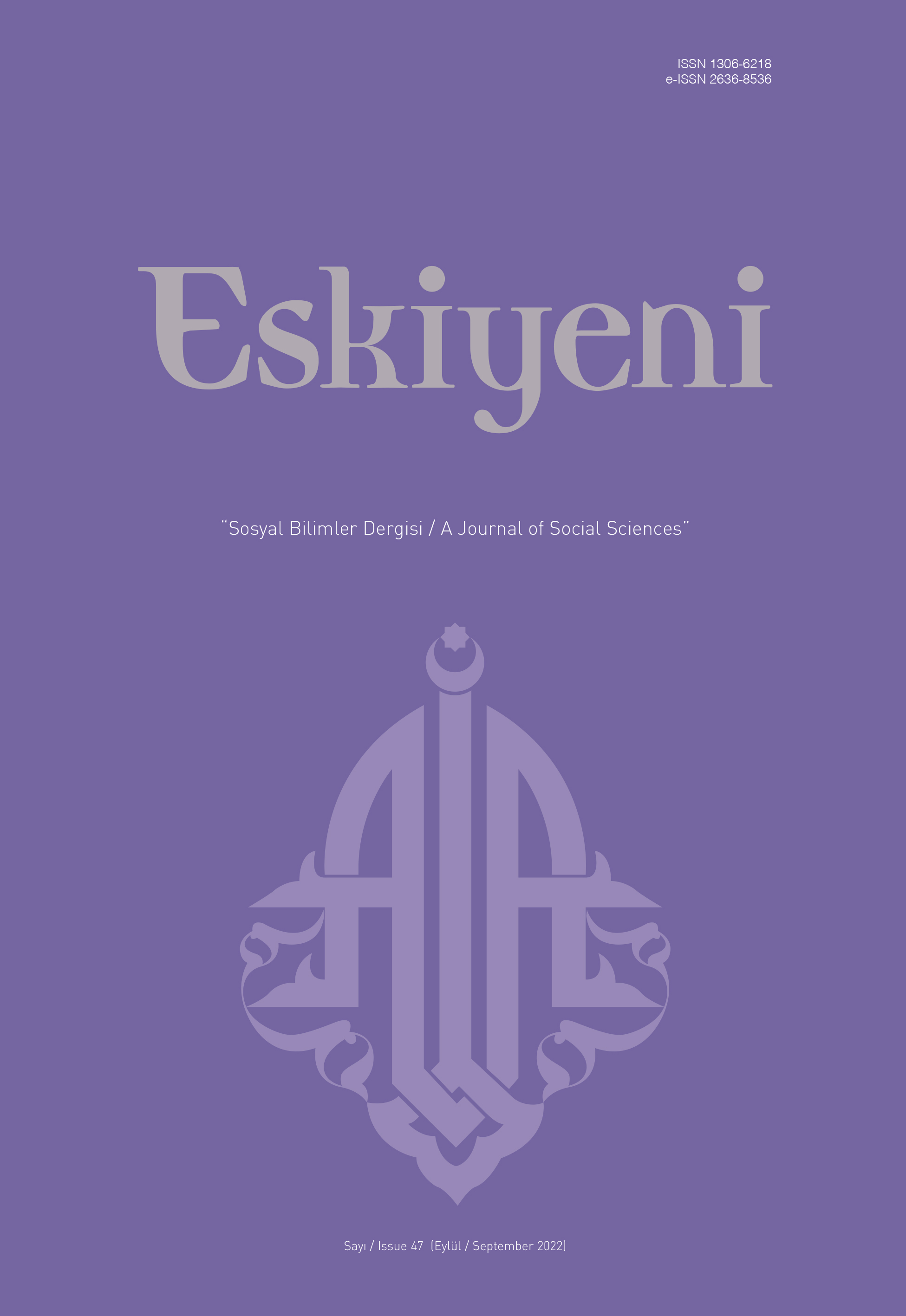Soy İddiaları, Kralları ve Kilise ile İlişkileri Bağlamında Zagwe Hanedanlığı
The Zagwe Dynasty in the Context of Their Lineage, Kingdoms, and Relations with the Church
Author(s): Tolga Savaş AltınelSubject(s): Theology and Religion, History of Religion
Published by: Anadolu İlahiyat Akademisi
Keywords: History of Religion; Zagwe Dynasty; Moses; Hagiography (Gadl); Saint; Ethiopia; Priest;
Summary/Abstract: According to Kebra Nagast, which is the subject of the Ethiopian national legend, the Zagwe Dynasty seized the throne of Israel by violating God's law and created an interim period between the Aksum Kingdom and the Solomon Dynasty. In these conditions, where the legitimacy of the throne completely preceded the lineage, ancestral stories also emerged for the Zagwe Dynasty lineage. There are stories among the people that add to the narrative of Kebra Nagast, that they, too, are descendants of King Solomon. However, there is a rumor in Arabic sources that the Zagwe Dynasty was descended from Moses and Aaron. Beyond that, the Negus of that period was defined as a priest. Looking at the members of the Zagwe Dynasty, it is seen that they have a close relationship with religion, supporting the rumors. Yemrehanna Kristos is called “Kıssis King” reminiscent of Presbyter John, and Harbay, Lalibela, and Nakuto Laab, who follow him, are among the saints of the Ethiopian church. In our study, it is analyzed the discourses about the lineage of the Zagwe Dynasty and their religious figures. It has been seen in the sources that a story like the union of Solomon-Makeda is told about Moses and a woman from Kush. According to this, the prophet Moses came to Ethiopia and married a woman from Kush. However, the lineage of the prophet Moses is not related to the Zagwe Dynasty. At this point, the mention of Moses, Aaron, and Tabot together in the source where the genealogical discourse takes place reveals the possibility of this being inspired by the 248th verse of Surat al-Baqara. Because in this verse, Tabot is presented as a sign of sovereignty, and there are remains of Al-i Musa and Al-i Harun (family of Moses and the family of Aaron).
Journal: Eskiyeni
- Issue Year: 2022
- Issue No: 47
- Page Range: 713-742
- Page Count: 30
- Language: Turkish

